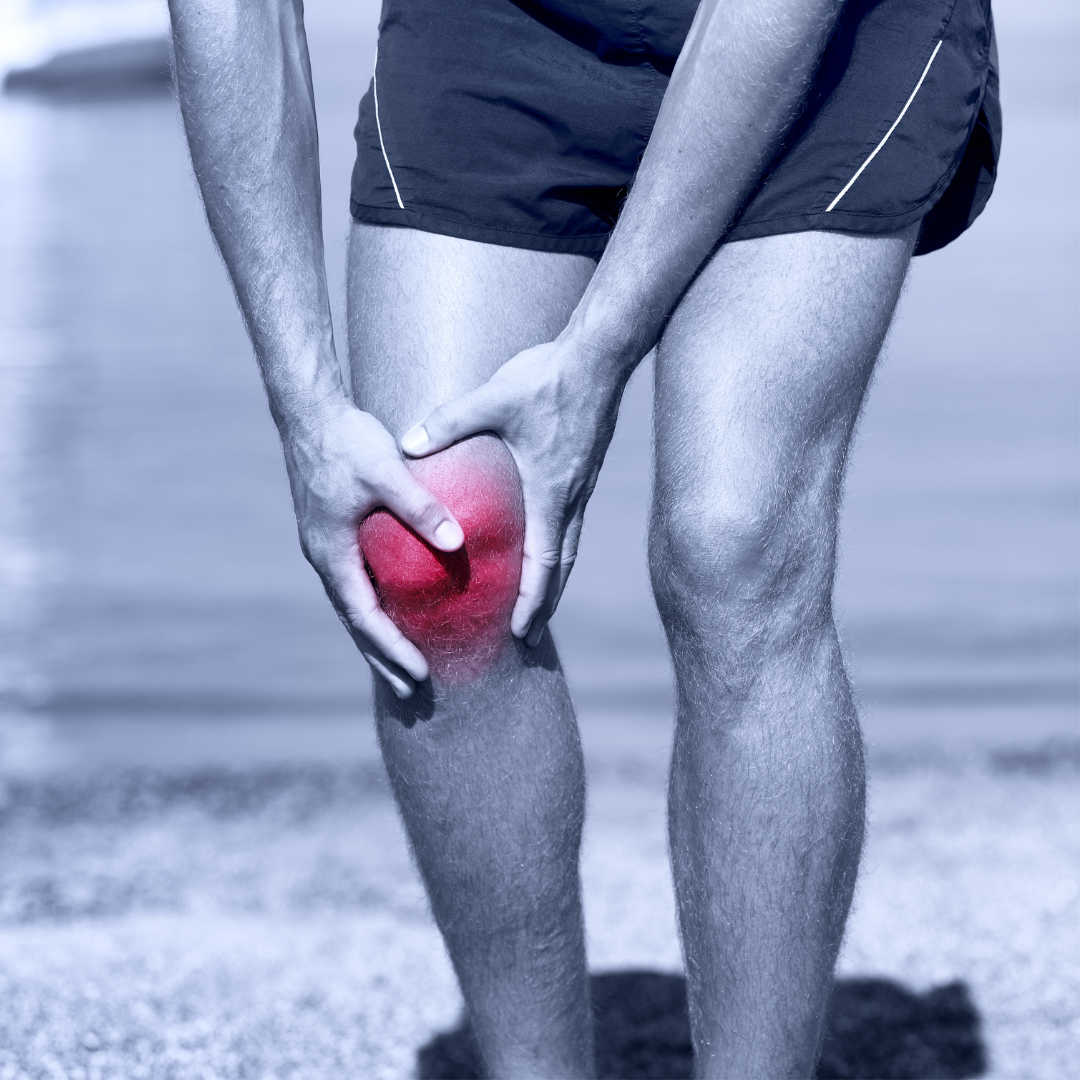The Poliquin Step-up for Knee Injury Prevention and Rehabilitation

Knee pain is a common orthopedic pain complaint as well as joint injury. There are many reasons for this such as, muscle and flexibility imbalances, trauma (accident, fall, etc.) overuse, muscle adhesions restricting proper tracking of the patella, etc. Before I jump into this post it is important that if you are experiencing knee or any other orthopedic pain you should seek the diagnosis and advice of the proper medical professional. That being said, the goal of this post is to explain and demonstrate a step-up variation that many colleagues and myself have used to help successfully reduce knee pain, rehabilitate common knee injuries and strengthen specific muscle groups to help prevent knee injuries.
The exercise I will be discussing with you today is called the Poliquin Step-up. This exercise was taught to me by the world-renowned strength coach, my long-term mentor, and friend Charles Poliquin. May he rest in peace.
The difference between this version of a step-up exercise and the traditional version is based on the foot and knee position. Although you cannot singularly isolate the VMO muscle, by adjusting the foot position and knee angle you can greatly enhance the recruitment of this muscle during the range of motion.
So why is this important? What is believed to be one of the most common causes of knee pain and injury is a strength imbalance between the vastus medialis muscle and the vastus lateralis and possibly the tensor fascia latae muscles of the quadriceps. This imbalance can oftentimes lead to the vastus lateralis becoming stronger than the vastus medialis muscle. This increases the pull of the patella tendon laterally (to the outside of the knee). When this occurs the patella tendon cannot track properly when you bend and extend your knee and over time can lead to inflammation of the patella tendon and other knee structures and injuries.
(Side note: I have also found it common that adhesions can develop between the vastus lateralis muscle and the Illiotibial band IT Band which can also cause improper knee tracking, pain, and injury.
In this case, a soft tissue, physical, or massage therapist can help release this adhesion and regain proper function)
The picture below shows the different muscles of the anterior (front) thigh and where they are located in relation to each other to give you a clearer picture.

The VMO is most active in the last 15-20 degrees of knee extension therefore this exercise is set up to place greater emphasis on this range of motion. Another important note is that to best innervate (recruit) the VMO muscle it is important to make sure that you are placing most of the pressure on the ball of the foot throughout the motion. Lastly, since this is a very short range of motion it is important to focus on a higher number of repetitions between 12 and 30. This will help assure the proper training effect and that the VMO muscle is being trained optimally.
In the video below I demonstrate the proper way to perform the Poliquin Step-up and its progressions.
Whether you are experiencing knee pain, rehabbing, or trying to prevent knee injuries then this is a great exercise to add to your leg training.
If you give it shot please let me know how it goes?
If you are interested in more information on treating injuries please check out my past post “Should You Use Ice to Treat Injuries?”.
Yours’s in health,
Kevin









